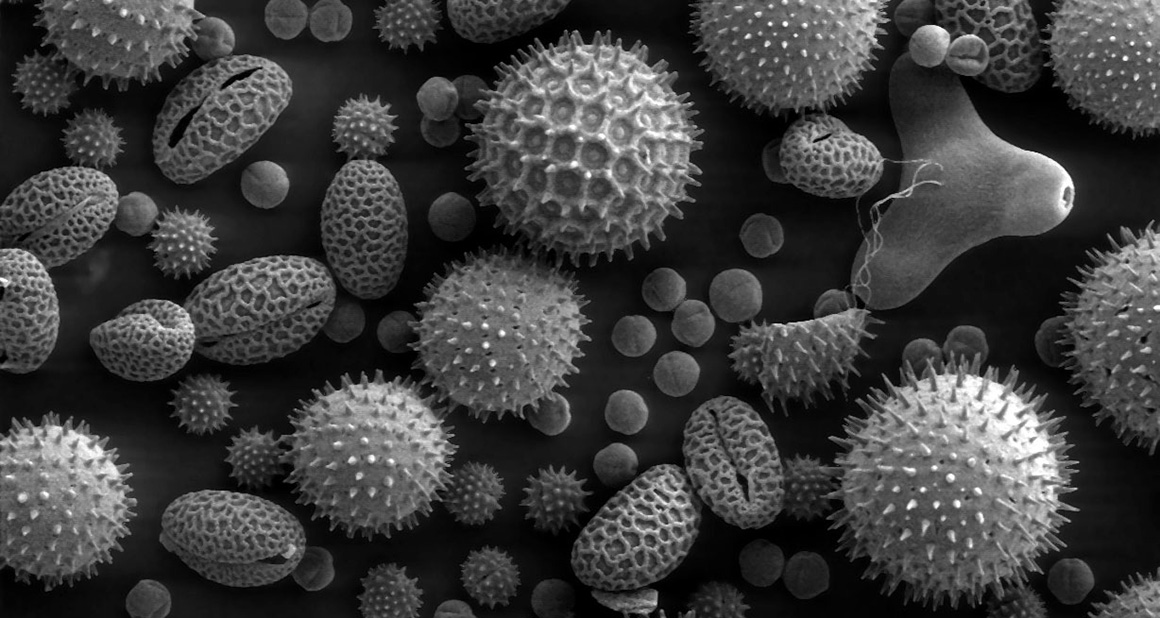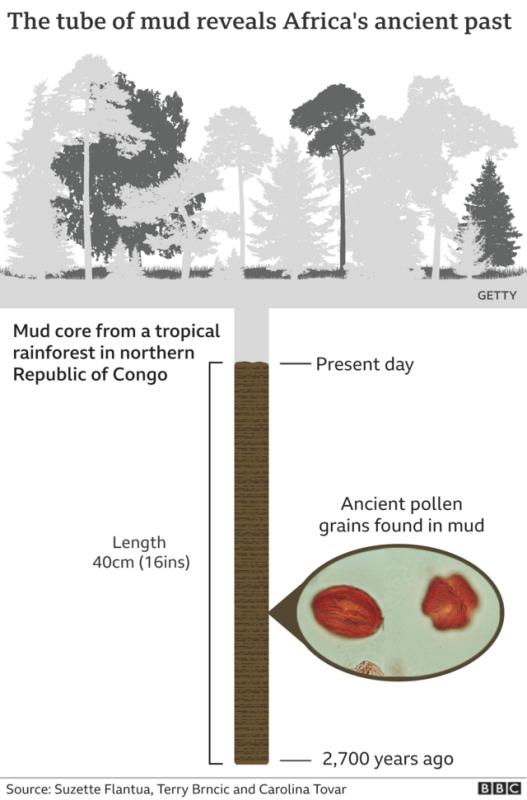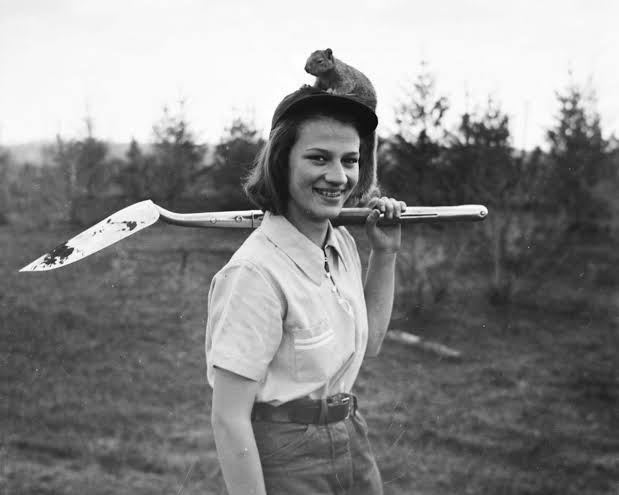 On February 25, 2024, Dr. Estella Leopold sadly passed away at the age of 97.
On February 25, 2024, Dr. Estella Leopold sadly passed away at the age of 97.
The esteemed daughter of famous wildlife conservationist Aldo Leopold, she dedicated her life to furthering her father’s mission of wildlife conservation.
Dr. Leopold earned a Ph.D. in botany from Yale University before spending the next 20 years working for the U.S. Geological Survey. In 1974, she joined the National Academy of Sciences before pursuing a position at the University of Washington two years later.
Working as a palynologist (a scientist who studies pollen), she strove to uncover the secrets of Earth’s past by studying fossilized pollen. In honor of Dr. Leopold, let’s look at how pollen can reveal clues about ancient Earth, and learn more about the legacy of the great conservationist.
The Puzzle of Fossilized Pollen
 Pollen grains are the male reproductive components of plants. Made of sporopollenin, they are resilient and have distinct shapes that are unique to each plant species.
Pollen grains are the male reproductive components of plants. Made of sporopollenin, they are resilient and have distinct shapes that are unique to each plant species.
Because of this tough exterior, when ancient pollen ended up in bodies of water, it gradually fossilized in the layers of sediment that built up over time. When scientists take core samples, which are long cylindrical samples pulled from the ground that allow scientists to study a small portion of each layer, they can isolate the ancient pollen.
Later, the scientists study the pollen under microscopes, counting the grains and noting their shapes to understand the abundance and types of plants prevalent at the time. By comparing these ancient pollen grains to their modern descendants, scientists can also figure out the specific environmental and climate needs of their corresponding plants.
Finally, by using information gathered from the core samples, they can predict what Earth’s climate was like and how plant populations changed in response to shifting weather patterns.
The Legacy of Dr. Leopold
When it came to the study of fossilized pollen, Dr. Leopold was at the forefront of research.
 Early in her career, she studied the numerous, diverse, and remarkably well-preserved fossils of the Florissant Fossil Beds in Colorado. Developers were set on renovating the area, which would destroy the pristine environment and risk losing a record of millions of years of Earth's history. In response, Dr. Leopold helped in founding a group called the Defenders of Florissant, which fought for years to prevent development through legislation.
Early in her career, she studied the numerous, diverse, and remarkably well-preserved fossils of the Florissant Fossil Beds in Colorado. Developers were set on renovating the area, which would destroy the pristine environment and risk losing a record of millions of years of Earth's history. In response, Dr. Leopold helped in founding a group called the Defenders of Florissant, which fought for years to prevent development through legislation.
Thanks to her efforts, in 1969, Congress deemed Florissant a National Monument. She also successfully helped push for Mount St. Helens to become a national monument after its eruption in 1980 before helping to create the Aldo Leopold Foundation two years later to continue the fight for wildlife conservation.
Dr. Leopold was a scientist to be admired, both for her work in wildlife conservation and for her expertise in unlocking the secrets of ancient pollen. For her work, the scientific community is immensely grateful, and she will certainly be dearly missed.
Sources: Wildlife.org, NOAA, NY Times, Burkenmuseum.org, unimelb.edu.au








